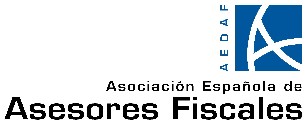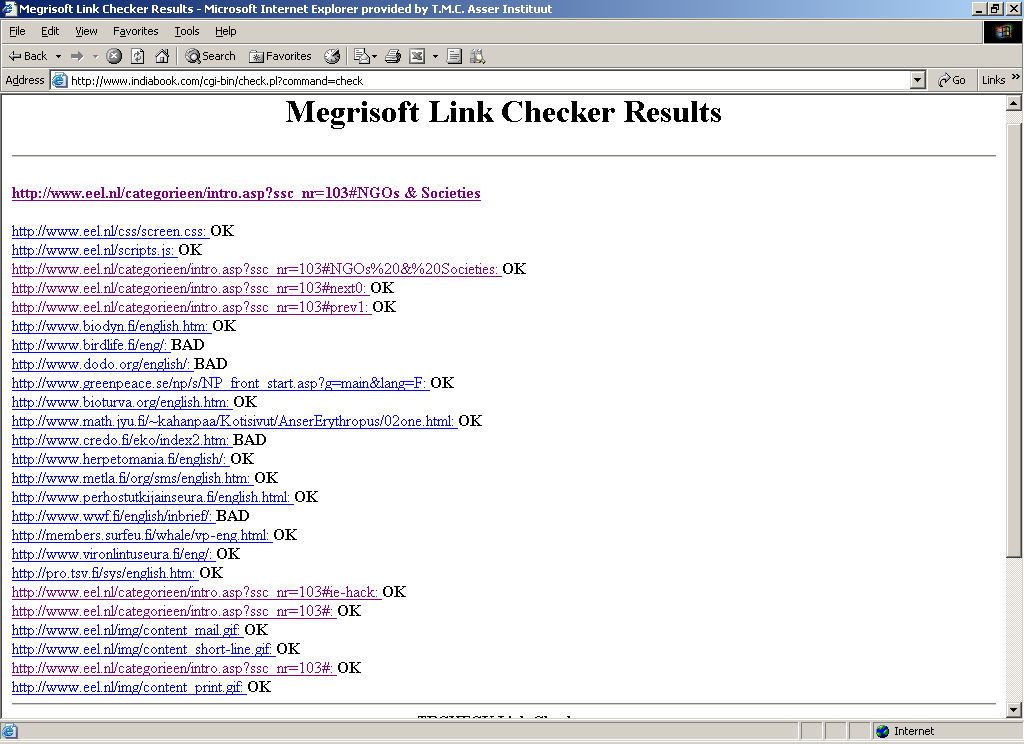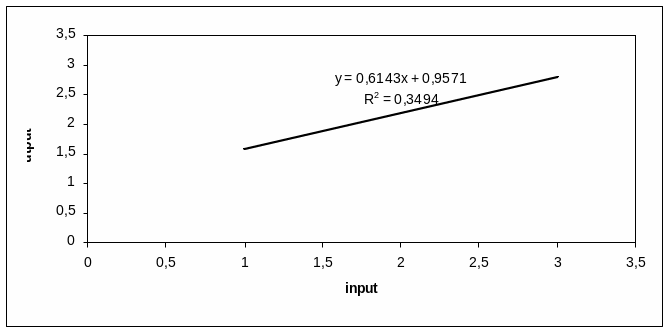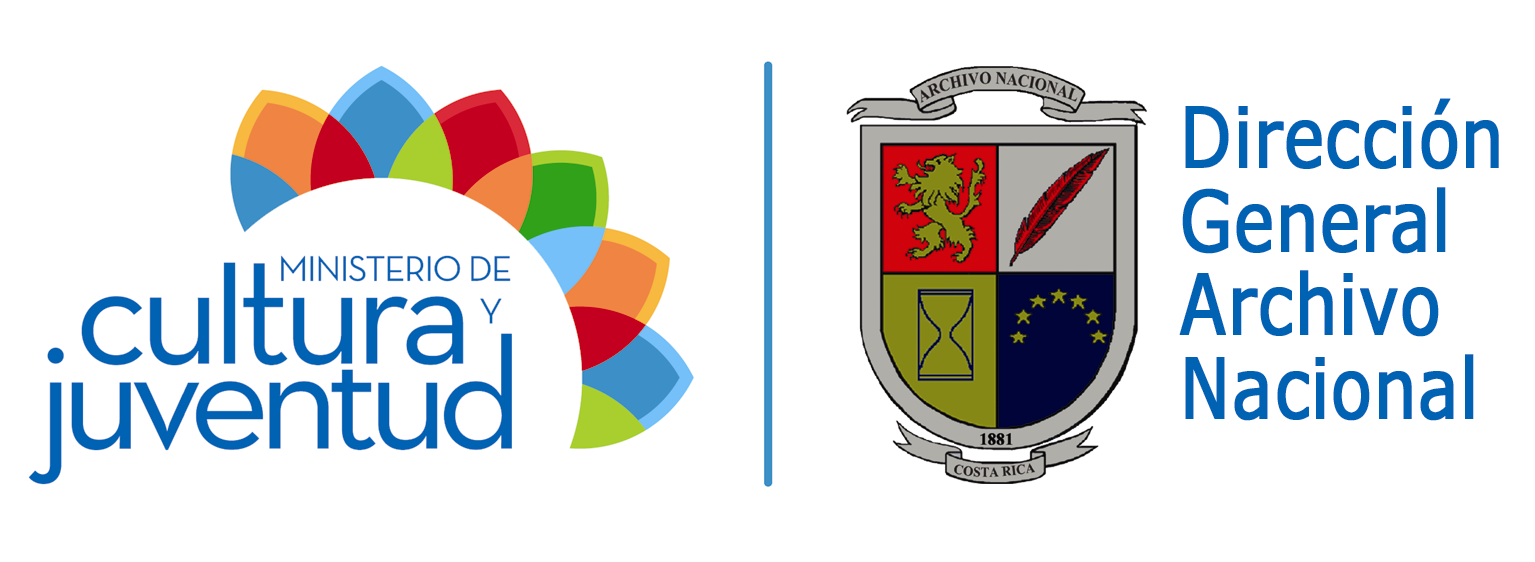s/c/w/339 page 3 world trade organization restricted s/c/w/339 20 september 2011 (11-4530) council for trade
S/C/W/339
Page 3
World Trade
Organization
RESTRICTED
S/C/W/339
20 September 2011
(11-4530)
Council for Trade in Services
Original: English
Communication from the United States
Work Program on Electronic Commerce: Ensuring that Trade Rules Support
Innovative
Advances in Computer Applications and platforms, such as Mobile
Applications
and the Provision of Cloud Computing Services
The following communication, dated 19 September 2011, from the
delegations of the United States, is being circulated to the Members
of the Council for Trade in Services.
_______________
I.Reinvigorating the Work Program on Electronic Commerce
========================================================
1.
Progress on the Work Program on Electronic Commerce,
since its establishment in 1998, has been slow. Many
issues remain at an impasse, including core
classification questions related to confirming that
electronic commerce fits within WTO commitments on trade
in goods or services. While there has been limited
activity under the work program, technological advances
and widespread investments in broadband networks have
made electronic commerce an integral part of our economy
and global trading system. If the WTO is to remain
relevant to the innovative technologies and business
models that can support economic growth and opportunity
for all Members, the work program must address these
issues. This was explicit in the 2005 Hong Kong
Ministerial statement, subsequently reaffirmed in 2009,
where WTO Members agreed to reinvigorate the work
program, including a focus on development-related issues
and the trade treatment, inter alia, of
electronically-delivered software.1
2.
Electronically-delivered software was already, in 2005,
a key way users acquired programs, and the principle way
software updates and other services were delivered.
Today, the confluence of billions of Internet-connected
devices and broadband networks able to support robust
downloads2 have made on-line delivery of software and
related services a major, rapidly-growing segment of
economic activity in many trading nations. Two market
developments deserve particular note. First, the
explosion of smartphone sales, mobile connectivity, and
mobile software development, especially in the
developing world, make it crucial to consider the mobile
subsector when exploring trade implications of
electronically-delivered software. Second, intense focus
of governments and industry on cloud computing, with its
ability to efficiently deliver high-performance computer
applications, storage services and processing over the
Internet to a broader marketplace, significantly expands
traded services and their ability to enhance
productivity for a range of suppliers, including SMEs,
in both developed and developing markets.
3.
The emergence of mobile applications and cloud computing
provide important insights into how rapidly markets and
technology can change and the merits of unrestricted
trade as technology and network capabilities continue to
develop. The work program should devote more attention
to these and other market developments to ensure that
WTO rules support future growth of trade in software
products; computer and related services, including cloud
computing services; and other electronically-delivered
services. The following discussion is aimed at beginning
a more robust examination of market developments within
the Work Program on Electronic Commerce.
II.The Mobile Application Market: Background and Trade Implications
===================================================================
4.
Today, one of the most familiar examples of
electronically-delivered software is the burgeoning
mobile application market. There are now over 600,000
mobile applications, pieces of software that can be
delivered electronically to mobile phones. In 2011,
there are expected to be over 17 billion mobile
application downloads, generating more than US$15
billion in revenue for application stores. This
represents a 190 per cent increase from 2010, accounting
for about 10 per cent of software revenues as a whole.3
These revenues are not only benefitting U.S. application
stores; they are going to entrepreneurs and developers
around the world. For example, a Ukrainian application
development company creates business-focused
applications which currently serve over 3.5 million
users. One of their mobile applications quickly became
the highest ranked paid application for business in over
20 countries with almost 300,000 downloads, representing
US$2.1 million in revenue over two years. Overall,
mobile application were found to be most popular in Asia
(with 37 per cent of 2009 global downloads), while users
in North America spent the most on mobile applications
(representing over half of global revenue in 2009).4
5.
Slow mobile access speeds and websites formatted solely
for desktop computers initially posed obstacles to
mobile web development, but this is rapidly changing. By
2013, analysts anticipate that mobile web traffic will
eclipse wired web traffic.5 Smartphone shipments
increased 79 per cent globally in the first quarter of
2011, an increase led by shipments to the developing
world. By 2015, smartphone users are expected to reach
2.8 billion worldwide.6
6.
Given the rapid increase in mobile connectivity,
marketers and software developers are targeting mobile
web customers, further enriching the product offerings
they can access. Small businesses can now download
applications that provide the functionality they need to
increase business efficiency at far lower costs.
Merchants can advertise their goods and services in new
ways and in previously inaccessible markets. Individual
users can access news, information, and services without
wired Internet service. In Africa, developers are
considering how to build smartphone applications that
enable disease prevention, patient care, treatment
support, and health data collection. Today, there are
over 17,000 mobile health applications and it is
estimated that by 2015, more than 500 million people
will be using them.
7.
In addition to the development benefits and market
opening potential of the mobile application market, it
offers significant employment opportunities. Today, over
85 per cent of the top 500 best selling applications are
created by small businesses, the majority of which are
micro enterprises with less than ten employees.7 One
U.S. social networking site reports having over one
million entrepreneurs and developers from 190 countries
building with its platform.8 Kenya has a strong and
growing mobile application development industry, which
led several multinational companies to begin offering
formal training programs to local developers this year.
Cape Town University also launched a mobile Africa
innovation lab in 2011. With the low start-up costs to
enter the application development business and huge
growth potential in the developing world, the mobile
commerce market can help fuel both job and export
growth.
8.
The creation of a positive ecosystem for mobile software
development and transmission will enhance commercial and
employment opportunities, market access, and business
efficiency in developing and developed countries alike.
The more customers buy devices and subscribe to mobile
services, the richer the ecosystem becomes. For mobile
subscribers and software developers from New Zealand to
Namibia, the trade gains made possible by recent
technological advances will depend on access to mobile
applications, their underlying platforms, and cloud
services regardless of where they are developed or from
which country they are sold.
9.
WTO Members should consider the elements necessary to
enable continued growth in this sector and global market
access. One important component is sufficient
telecommunications infrastructure and service provision.
Local infrastructure must support Internet access at
sufficient speeds to engage in mobile commerce.
Telecommunications market liberalization that allows
competition between providers can help bring down
Internet access costs and further mobile connectivity.
Payment mechanisms are another enabling element. Payment
services that are accepted around the world, whether
credit-card based or facilitated through online payment
accounts, are necessary to make online purchases. The
ability to monetize free applications through
advertisements, to collect and use relevant personal
information, and to distribute applications are also
critical. Compatible privacy and cyber security
regulations across countries can help enable these
services. Any barriers to trade in these areas should be
eliminated or minimized.
III.Cloud Computing: Background and Trade Implications
======================================================
10.
Another major commercial development is cloud computing.
In the cloud computing model, businesses and consumers
can reduce their need for local storage, processing and
installation of applications. This model can
significantly help users, including SMEs, to grapple
with the need to obtain highly reliable, innovative
services quickly, even in the face of resource
constraints. Service providers are expanding their
available cloud offerings to include the entire
traditional suite of software and infrastructure
offerings. By leveraging shared infrastructure and
economies of scale, organizations can pay for only the
information technology resources they consume,
increasing or decreasing their usage to most efficiently
match their requirements. Cloud computing often also
enhances security since security updates can be made for
all clients at once, and as soon as necessary. By
lowering costs and improving the quality of software
available, cloud computing offers significant benefits
to small and medium-sized businesses.
11.
While cloud computing has gained a new focus given the
growing access to reliable broadband networks, and
represents a novel way to access software electronically
over the Internet, it can also be viewed as a return to
the early days of computing, where users often accessed
remotely-managed mainframe computers for their computing
needs. Thus, the CPC categories from the 1990s cover
similar functions. One issue related to cloud computing
that WTO Members have been struggling with is the
overlap between computer and telecommunications
services. However, this issue is not as difficult as it
may appear. In a background note published in 2009, the
WTO Secretariat noted that when determining under which
category a certain activity is classified, “a key
distinction to bear in mind is that between use and
supply, wherein telecommunications may be used as a
‘means of delivery’ for many other services. Suppliers
of such services as computer services, audiovisual
services and other communications-enabled services,
classified elsewhere in the GATS list, are common
examples of users of telecommunications networks and
services.9” Thus, notwithstanding convergence, the
category of computer and related services remains the
fundamental locus for cloud computing under the GATS.
IV.Going Forward
================
12.
To ensure that trade rules and commitments are
appropriately tailored to market realities, WTO Members
could explore market developments in key areas as part
of the Work Program on Electronic Commerce. This work
could take place in various committees with Members
sharing views, perhaps using mobile applications and
cloud computing as case studies. In addition, the
Secretariat could host an event on these topics, which
could benefit from industry participation.
13.
Looking ahead to the Ministerial, one thing is clear:
the imposition of tariffs on software downloads
specifically, and electronic transmissions generally
would significantly disrupt this vibrant market in
developed and developing countries alike. While the WTO
explores this market and works toward a larger framework
for electronic commerce, the existing moratorium on
electronic transmissions should be maintained.
__________
1 WT/MIN(05)/DEC. Ministerial Declaration of 18 December 2005 and
WT/L/782. Ministerial Decision of 2 December 2009. We note though,
that e-commerce has benefits across numerous goods and services that
should be addressed by the Work Program.
2 Downloads could include many types of digital products; the focus of
this paper is on electronically delivered software.
3 Gartner
4 GetJar Networks. App Economy Study, 2010.
5 Morgan Stanley
6 IDC
7 Association for Competitive Technology
8 www.facebook.com/press/info.php?statistics
9 S/C/W/299. Telecommunications Services: Background Note by the
Secretariat. Council for Trade in Services, June 2009
 181 МУНИЦИПАЛЬНОЕ БЮДЖЕТНОЕ УЧРЕЖДЕНИЕ КУЛЬТУРЫ «МЕЖПОСЕЛЕНЧЕСКАЯ БИБЛИОТЕКА МУНИЦИПАЛЬНОГО ОБРАЗОВАНИЯ
181 МУНИЦИПАЛЬНОЕ БЮДЖЕТНОЕ УЧРЕЖДЕНИЕ КУЛЬТУРЫ «МЕЖПОСЕЛЕНЧЕСКАЯ БИБЛИОТЕКА МУНИЦИПАЛЬНОГО ОБРАЗОВАНИЯ D CDDT FORM OCTORAL COMMITMENT AGREEMENT COMMITMENT AGREEMENT BETWEEN
D CDDT FORM OCTORAL COMMITMENT AGREEMENT COMMITMENT AGREEMENT BETWEEN PLAN I DE EMPLEO 2017 (FINANCIACIÓN ÍNTEGRA DIPUTACIÓN DE
PLAN I DE EMPLEO 2017 (FINANCIACIÓN ÍNTEGRA DIPUTACIÓN DE ASOCIACIÓN ESPAÑOLA DE ASESORES FISCALES (AEDAF) RECONSIDERACIÓN Y MODIFICACIÓN
ASOCIACIÓN ESPAÑOLA DE ASESORES FISCALES (AEDAF) RECONSIDERACIÓN Y MODIFICACIÓN N UMBER ADDITION AND SUBTRACTION NUMBER BONDS EYFS YEAR
N UMBER ADDITION AND SUBTRACTION NUMBER BONDS EYFS YEAR SACHSALBER GIRARDI HUBER – ARBEITSRECHTSBERATER – CONSULENTI DEL LAVORO
SACHSALBER GIRARDI HUBER – ARBEITSRECHTSBERATER – CONSULENTI DEL LAVORO RECIPIENT NAME DATE PAGE 2 OF 1 GROUP 3
RECIPIENT NAME DATE PAGE 2 OF 1 GROUP 3 EDITORIAL GUIDELINES FOR DOSSIER EDITORS THE EEL WEBSITE HAS
EDITORIAL GUIDELINES FOR DOSSIER EDITORS THE EEL WEBSITE HAS FICHE D’ACTIVITÉ GUILLAUME V D’AQUITAINE INTRODUCTION VERS L’AN MIL
FICHE D’ACTIVITÉ GUILLAUME V D’AQUITAINE INTRODUCTION VERS L’AN MIL BAB II MODEL BENCHMARKING ANTAR PROGRAM STUDI BENCHMARKING PROGRAM
BAB II MODEL BENCHMARKING ANTAR PROGRAM STUDI BENCHMARKING PROGRAM DIRECCIÓN GENERAL DEL ARCHIVO NACIONAL COMISIÓN DE DESCRIPCIÓN MANUAL
DIRECCIÓN GENERAL DEL ARCHIVO NACIONAL COMISIÓN DE DESCRIPCIÓN MANUAL